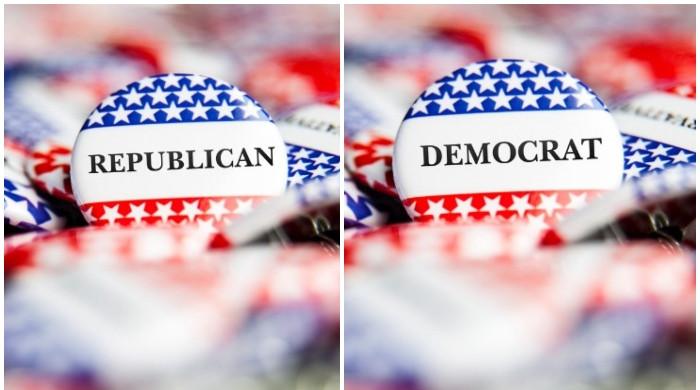Explainer: Why is there two-party system in US?
The political hemisphere in the United States is shaped by two dominant parties: the Republicans and Democrats, solidifying a two-party system in the country.
However, this binary structure is relatively recent in American history as the founding fathers, who designed the framework for the nation’s governance, notably made no mention of political parties.
Alexander Hamilton, one of America’s most influential founding fathers, referred to parties as “the most fatal disease”.
Additionally, the first US president George Washington, in his farewell speech, echoed Hamilton’s sentiments, cautioning that the rise of factions could lead to “frightful despotism”.
Despite these warnings, the ideological rifts regarding the federal government’s role have pushed the nation toward a system where two major parties consistently dominate, shaping political discourse and governance for over two centuries.
The system of representation in the US is based on which candidate receives the most number of votes in each district, not the majority of votes cast.
Domination of the Republican Party and Democratic Party does not mean that there are no other political parties in the country but their dominion has left little opportunities for the other parties to progress or form their strongholds in states and among the people.
The winner-takes-all-all system is also the reason political institutions fluctuate between the control of the Democrats and the Republicans because the system is such that the parties observe the discontent and frustration of the voters and form the agendas of their election campaigns accordingly to attract voters.
Duvurger’s law, named after French political scientist Maurice Duverger, explains the winner-takes-it-all system.
The law states that in a plurality-ruled political system, there will be a two-party system and that the voters tend to realise if a candidate is extremely less likely to win they will not want to waste their votes so they go for the alternative candidate.
“A lot of comparative political scientists will say it’s not actually a hard and fast law, but it’s a good rule of thumb [that] single-member districts and plurality elections tend to produce stable two-party systems and make it very difficult for third parties to emerge,” explains Sam Rosenfeld, associate professor of political science at Colgate University.
“The reason being that people are strategic in their voting. Faced with multiple candidates in a system in which all you need is the most votes to win, people worry if they vote for their favourite candidate that’s just going to serve as a spoiler, and might perversely lead to the election of their least-favorite candidate,” he believes.
The two-party system has been long ingrained in American society and has become a culture of sorts in the country over the past two centuries.

